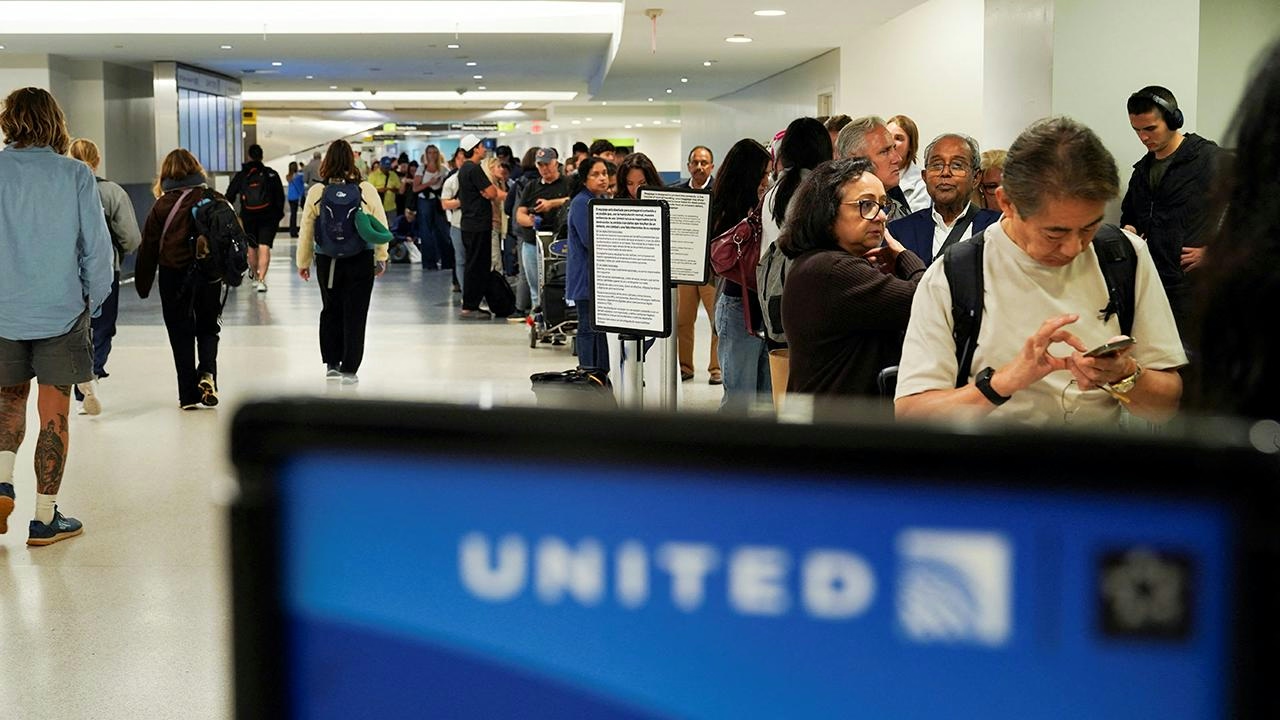
AeroGenie – Ihr intelligenter Copilot.
Trends
Categories
Engine Fire Forces Emergency Return of Delta Flight Shortly After Takeoff
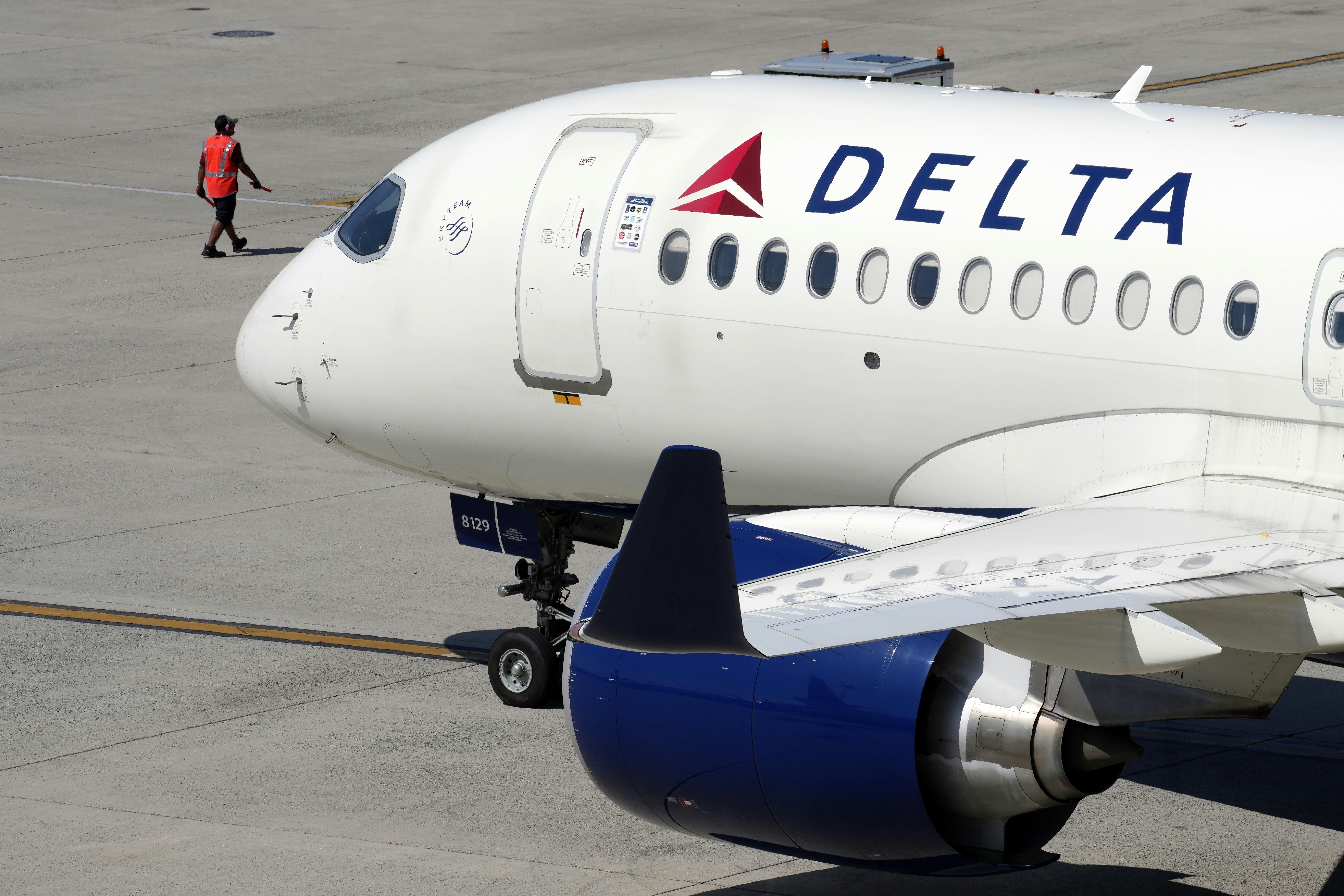
Engine Fire Forces Emergency Return of Delta Flight Shortly After Takeoff
A Delta Air Lines flight en route to Atlanta was compelled to make an emergency return to Los Angeles International Airport on July 18 after one of its engines caught fire shortly after takeoff. The aircraft involved, a Boeing 767 operating as Flight DL446, experienced the in-flight engine fire over the Pacific Ocean, raising renewed concerns about aircraft safety and operational protocols.
In-Flight Emergency and Immediate Response
Dramatic video footage circulating on social media captured flames erupting from the plane’s left engine, eliciting audible reactions from bystanders as the camera focused on the burning engine. The fire occurred soon after departure, prompting the flight crew to declare an emergency with Air Traffic Control (ATC). ATC promptly cleared a return route and alerted emergency services on the ground to prepare for the aircraft’s arrival.
Flight tracking data from Flightradar24 indicates that the Boeing 767 initially climbed over the ocean before executing a U-turn and circling back over the Downey and Paramount areas. Throughout the emergency maneuver, the aircraft maintained controlled altitude and speed. Emergency crews were on standby as the plane landed safely, and the fire was extinguished upon arrival. All passengers and crew disembarked unharmed, with no injuries reported.
The aircraft, a relatively new 2.6-year-old Boeing 767 powered by two General Electric CF6 engines, was towed for a detailed inspection following the incident. Delta Air Lines has launched a comprehensive investigation into the cause of the engine fire in coordination with aviation authorities. The airline emphasized that passenger safety remains its highest priority, and the event has prompted a review of maintenance protocols and operational procedures.
Operational Impact and Industry Repercussions
The emergency landing disrupted Delta’s flight schedule, underscoring the operational challenges airlines face when responding to in-flight emergencies. Aviation regulators are expected to conduct a thorough examination of the circumstances surrounding the engine fire and assess Delta’s response to the incident.
Industry observers and competitors are closely monitoring developments, with some reportedly considering adjustments to their own maintenance and safety checks on similar aircraft models. The incident highlights the critical importance of stringent safety standards and transparent investigations in preserving public confidence in commercial aviation.
Public Reaction and Ongoing Scrutiny
The event has ignited widespread debate on social media, with many users questioning Boeing’s reliability and safety standards. Criticism has been directed at the manufacturer’s leadership and quality control processes, alongside sarcastic commentary on the frequency of such incidents. Calls for greater accountability at the executive level have been voiced, as well as broader concerns regarding the safety of modern aircraft.
As investigations proceed, both Delta and Boeing face increasing pressure to address public concerns and reaffirm their commitment to passenger safety. While all aboard Flight DL446 remain safe, the incident serves as a stark reminder of the ongoing challenges and responsibilities confronting the aviation industry.
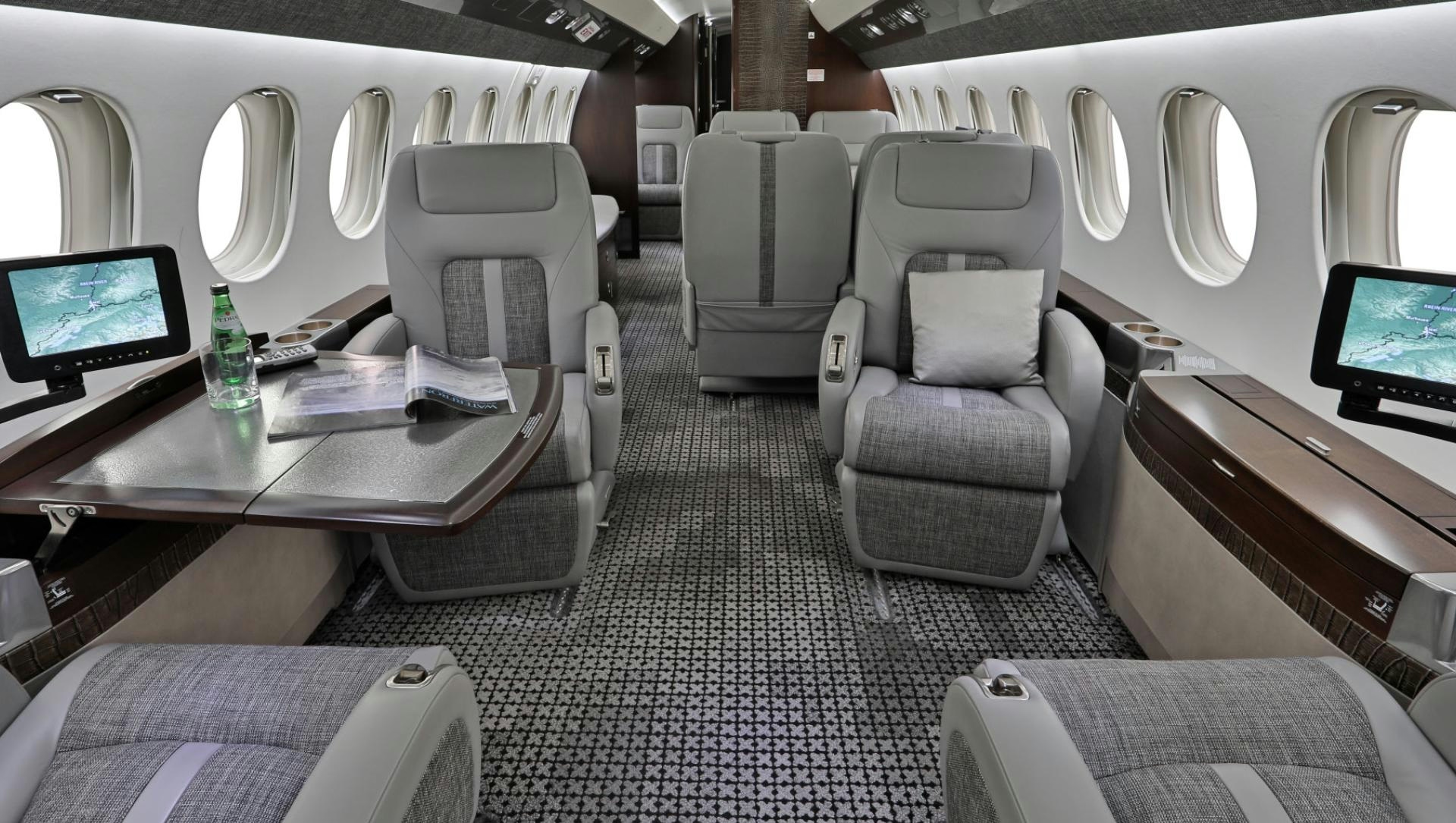
FlyHouse to Acquire Sun Air Jets, Expanding Private Aviation Services
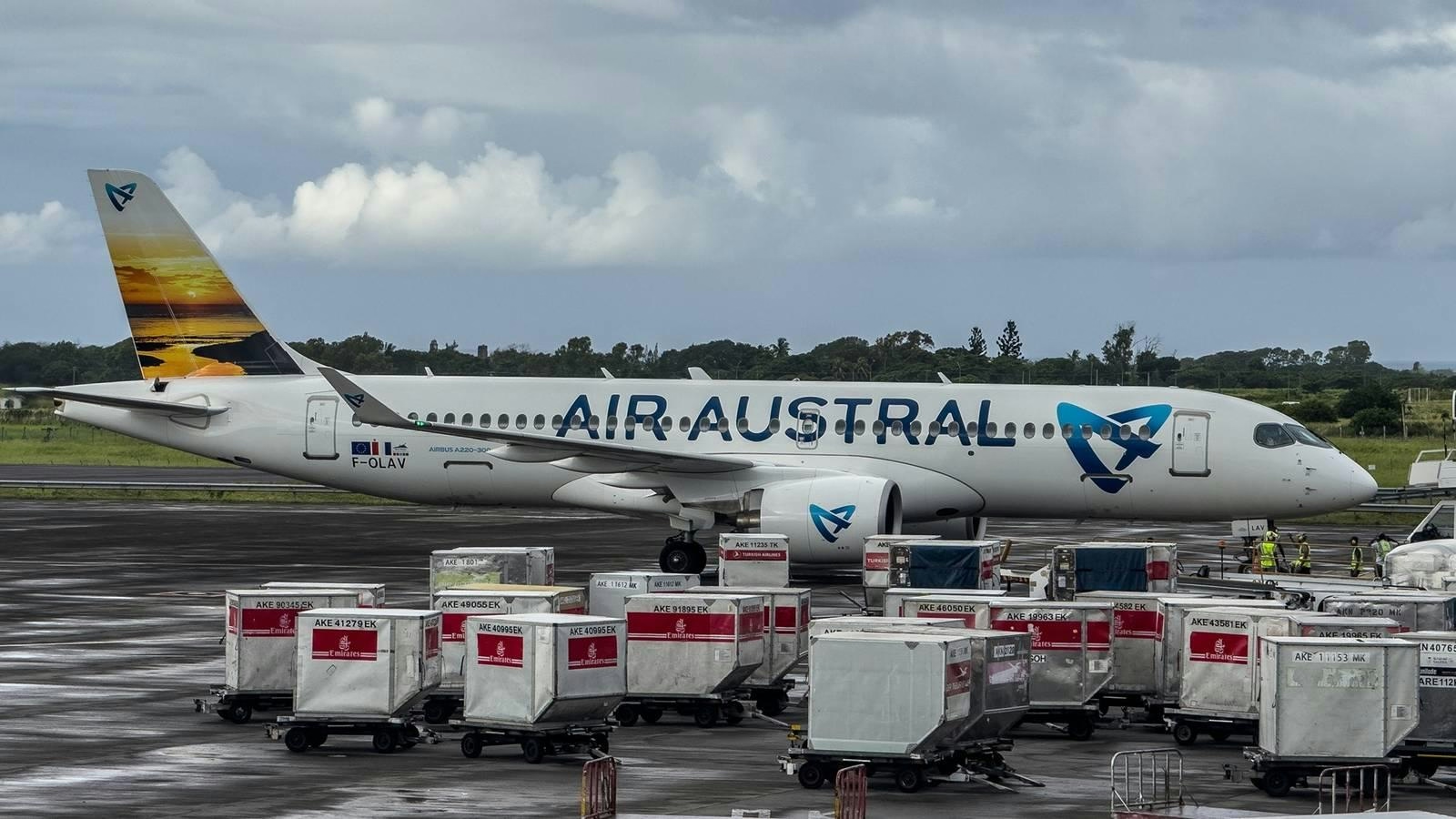
Engine Issues Ground 22% of Airbus A220 Fleet
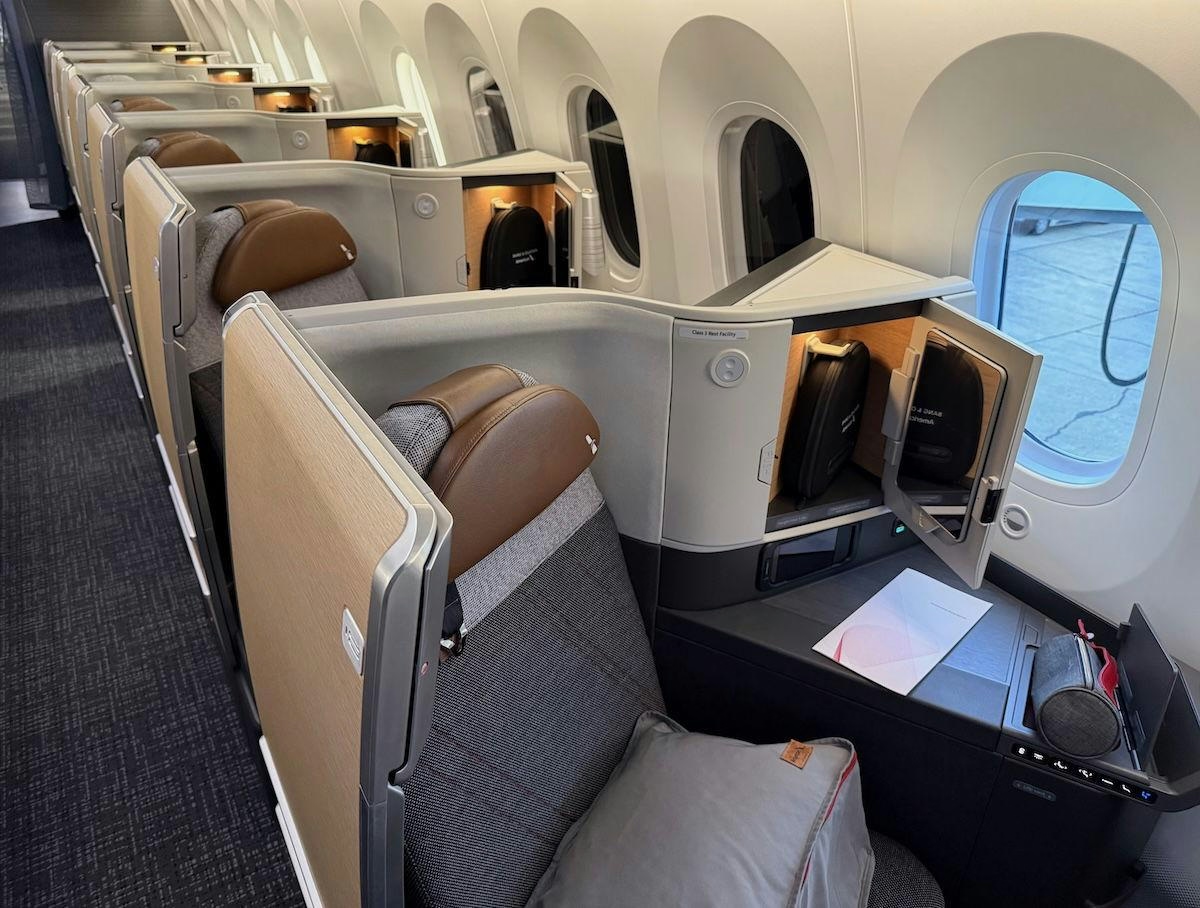
American Airlines and Citi Introduce the Citi/AAdvantage Globe Mastercard
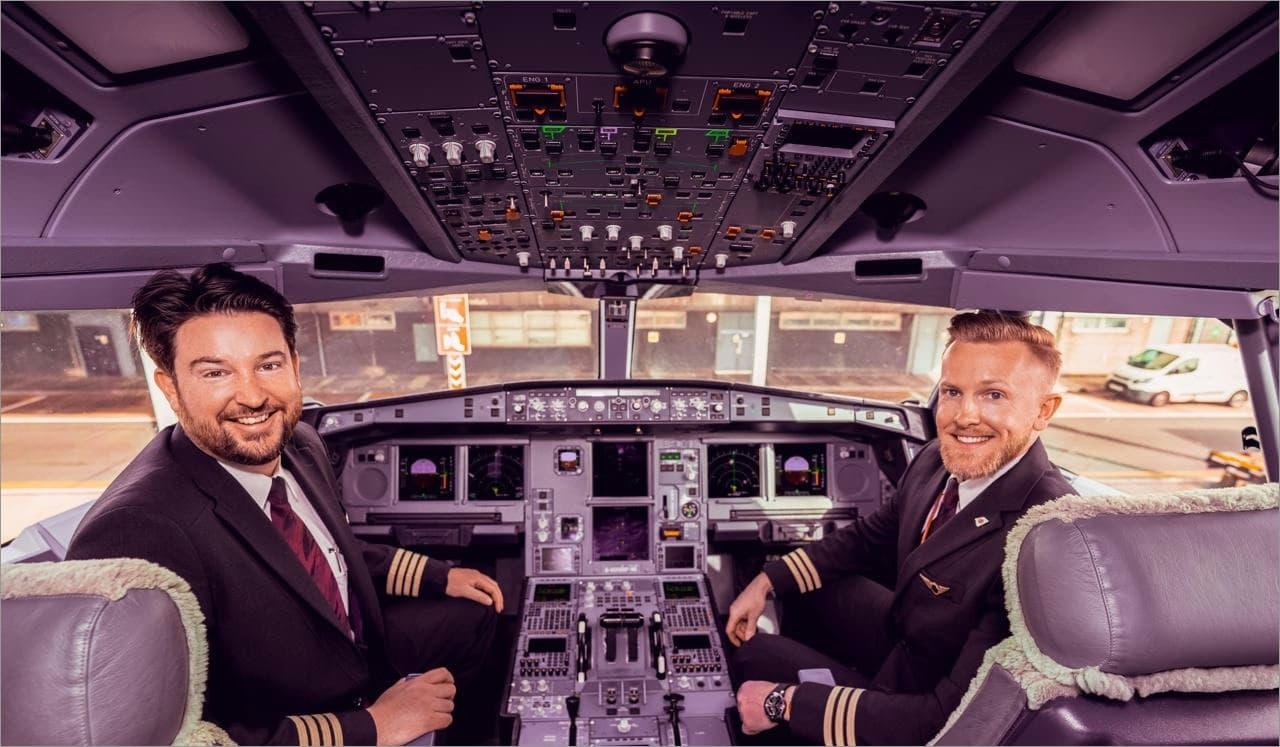
Virgin Atlantic Pilot Salaries Projected for 2025
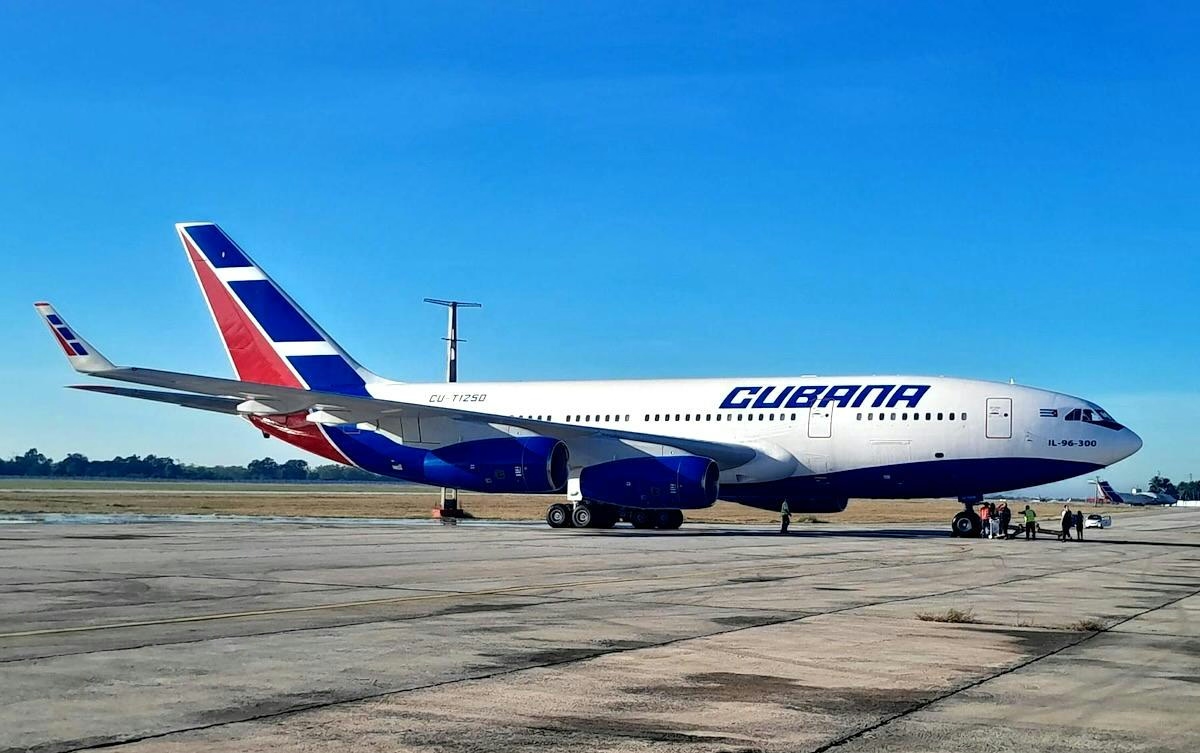
Cubana de Aviación Returns Il-96-300 to Service After Overhaul in Belarus
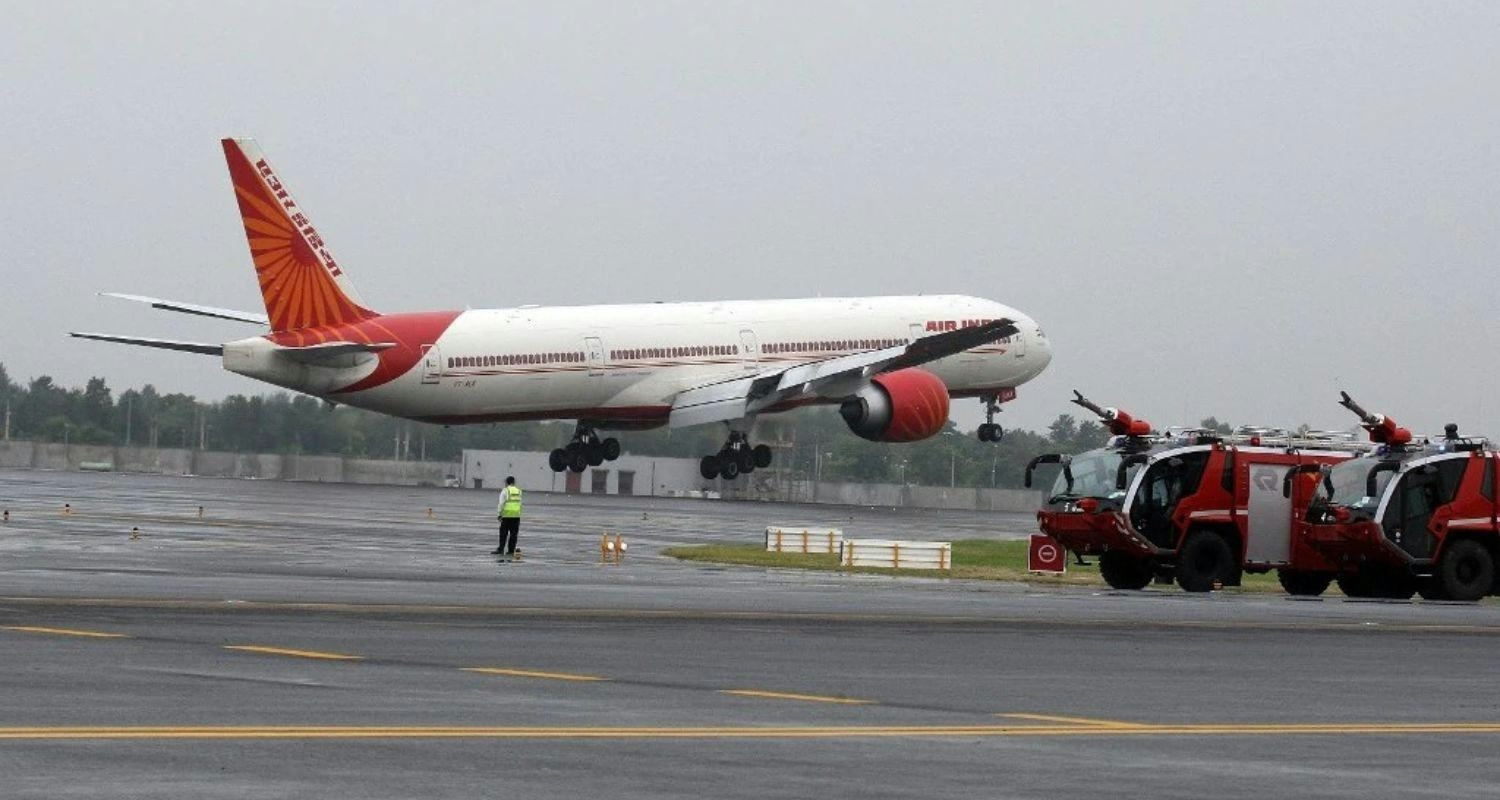
AI Pilots Special Flight from Milan to Reunite Passengers for Diwali
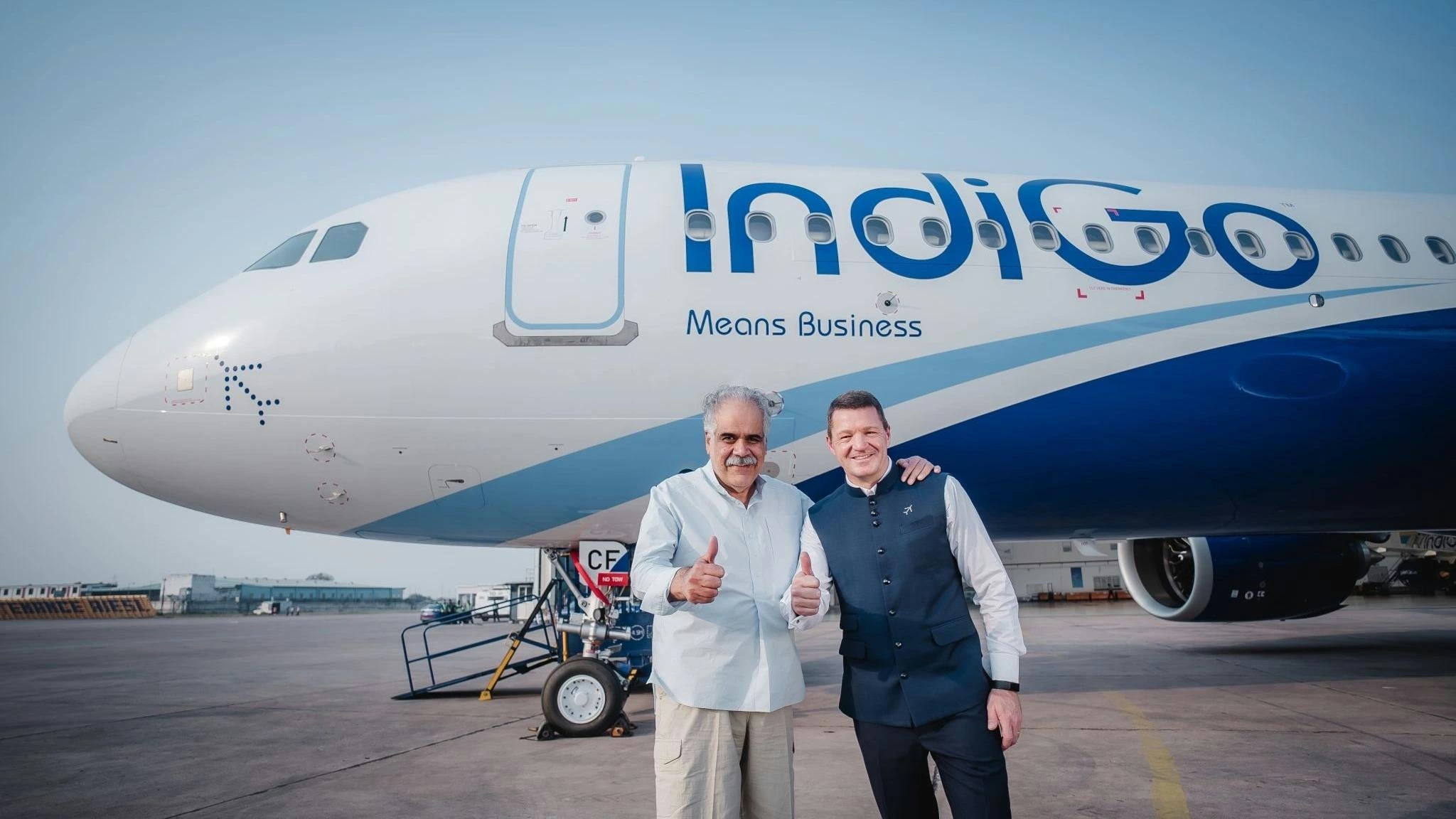
IndiGo to Deploy Long-Range Aircraft on Route to European City

Loganair Unveils Fuel for Its First Zero-Emission Aircraft
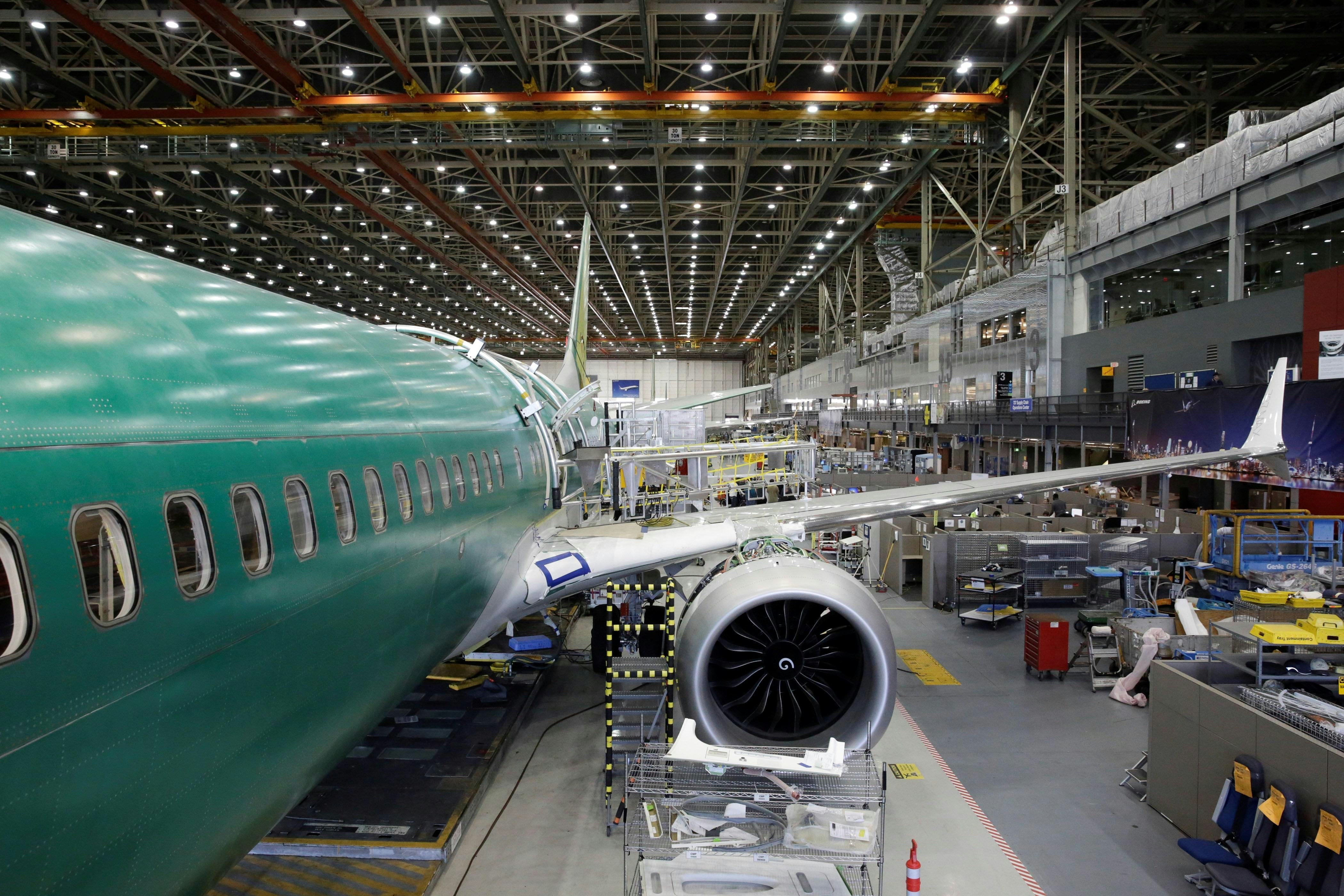
United Airlines Expands Global Network Amid Increased Boeing Deliveries
